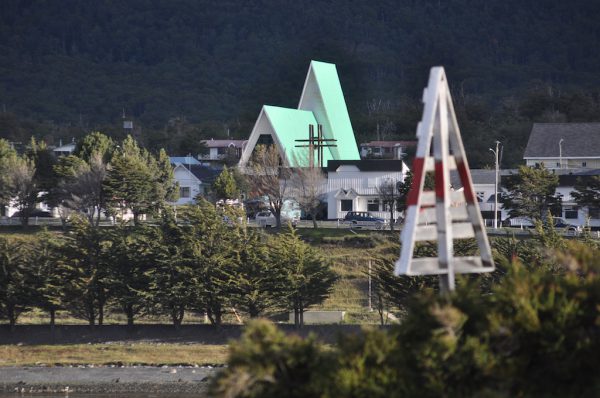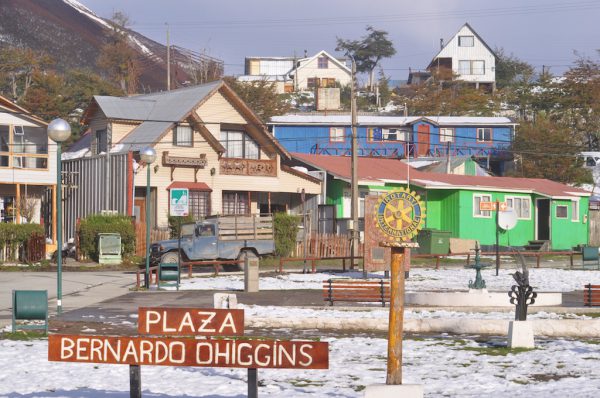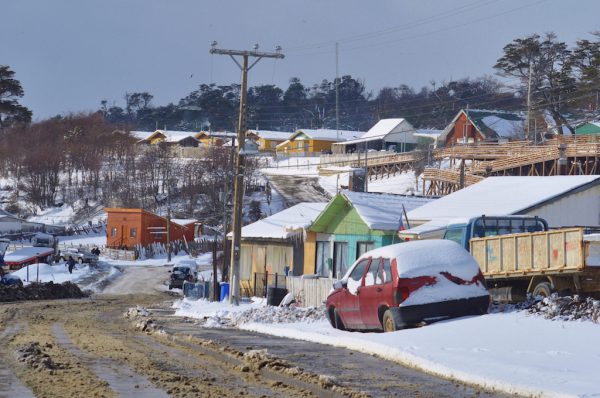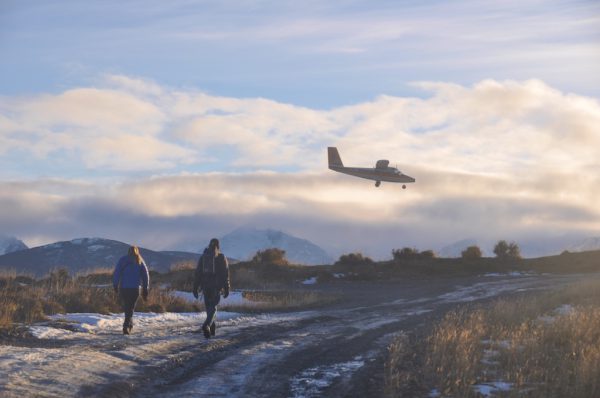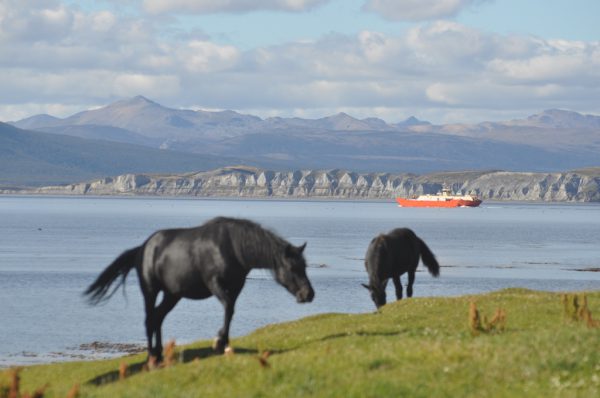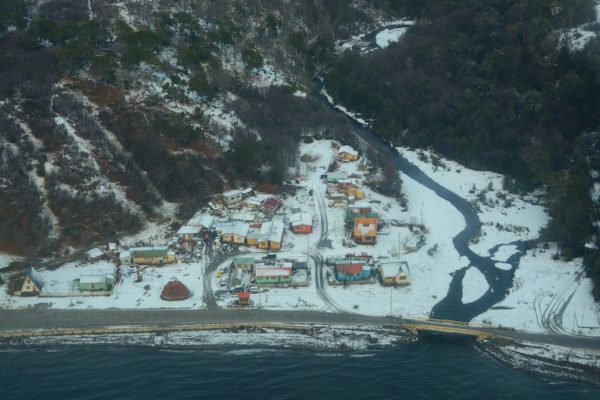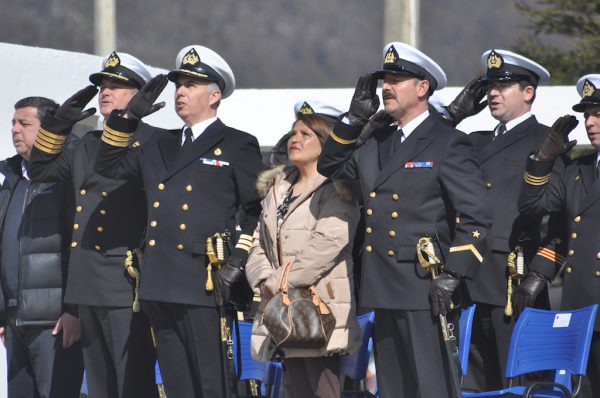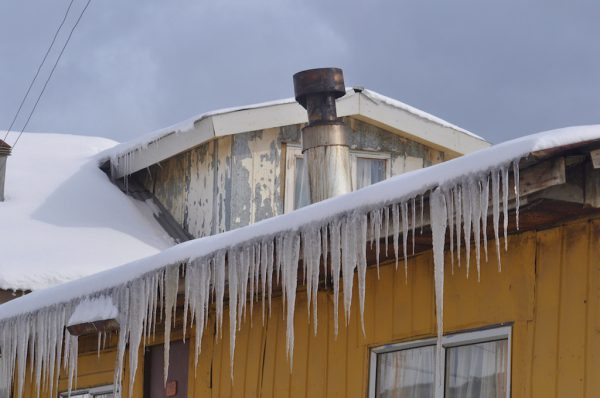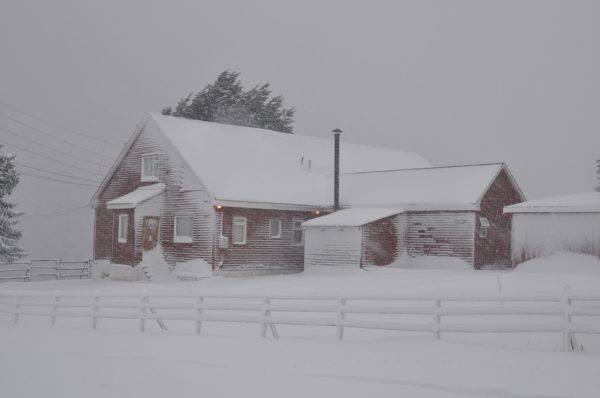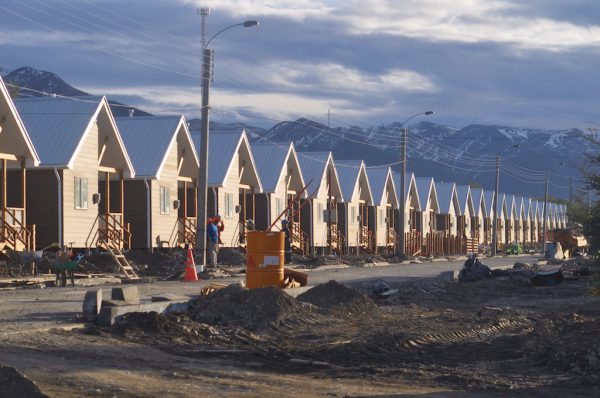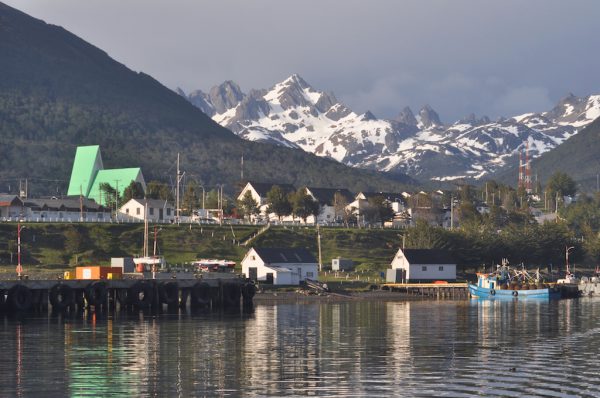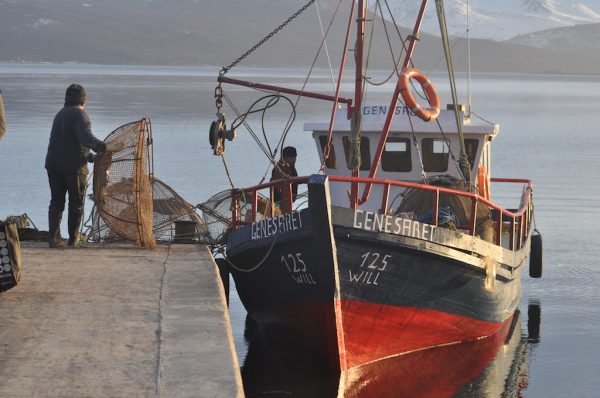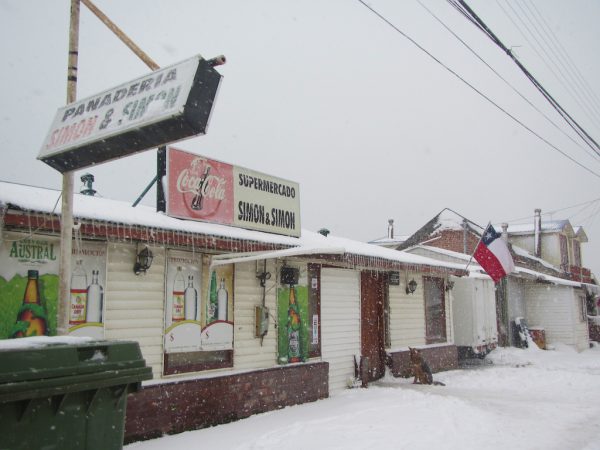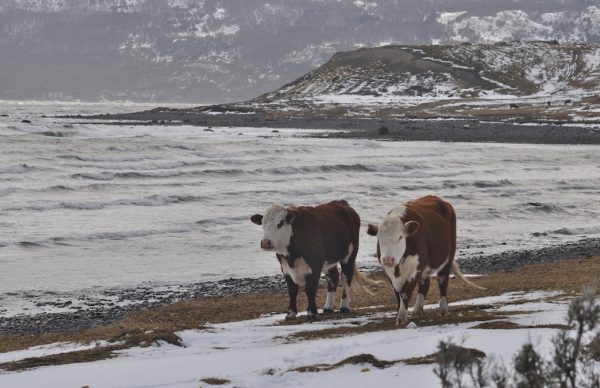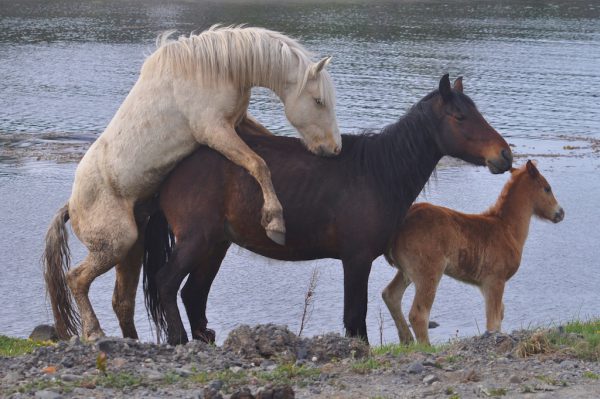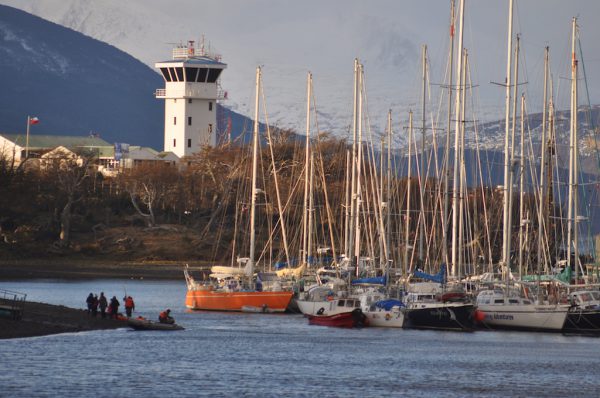A Postcard from Puerto Williams
We’ve just realised that despite having arrived more than a year ago in this neck of the woods we’ve never told you much about our latest HQ, Puerto Williams.
Today the sunrise was golden, and the ground sparkled. The still waters of the creek were marbled with the colours of brightly painted yachts. It’s true that the nip in the air froze my fingers so that after five minutes I could no longer work the shutter button on the camera… but, even so, my heart was soaring. It was one of those mornings when it’s just good to be alive, and never mind all that idiotic stuff going on in other parts of the world.
With this buzz of positive energy promoting an affection for the place, I thought that now would be a good time to sit down and tell you about our latest ‘home’.
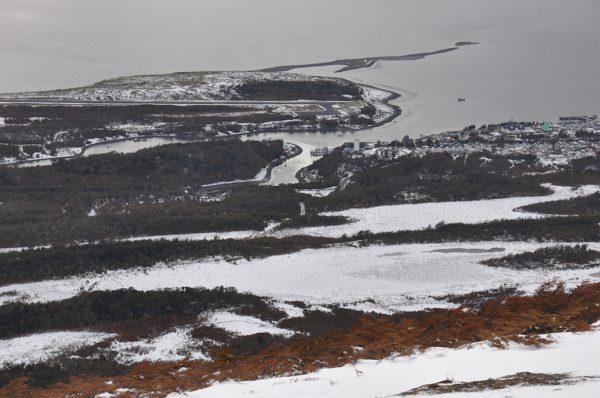
Puerto Williams is on the north shore of Isla Navarino, facing across the Beagle Channel towards Argentina. Its main claim to fame is as the most southerly town in the world.
Puerto Williams isn’t the most southerly settlement per se, because there are bases in Antarctica populated by migrant scientists. Nor is it even the most southerly place to be inhabited by born and bred residents. That honour goes to Puerto Toro, which is just along the coast and around the corner, on the same island. Puerto Toro is home to two or three families of fishermen – plus several temporarily resident members of Chile’s quasi-military police force – and so it is, without a doubt, the most southerly hamlet in the world. But Puerto Williams is a bona fide town.
Or is it? The citizens of the Argentinian town of Ushuaia, on the opposite side of the Beagle Channel, dispute that a settlement of fewer than 3,000 people is, in fact, worthy of that appellation; but as we shall see (in a future article) the people of Ushuaia appear even to dispute the existence of Isla Navarino…
So far as I’m concerned, Puerto Williams is a small town – but so far as I’m concerned, the stuff about biggest, smallest, or southest is of no concern anyway. The point is that this place is just a daysail from the very tip of South America; in fact, it occupies a part of that crumbling extreme of the continent. And besides being incredibly far south, it’s also incredibly remote. Facebook recently bragged that if we would just give them a certain small sum of dosh then they would advertise our ‘business’ (as they take it to be) to 110,000 people living within 15 kilometres – but they were lying, because there are only 2,889 people living within 15 kilometres of our boat.
There are three ways to get to Puerto Williams. You can fly in on the twin otter which comes, almost every day, from Punta Arenas; or you can travel round from that same city by ferry, spending two days over the adventure; or you can come under your own steam, on you own boat. In the summer, when there are quite a few yachts around, you can sometimes also hitch a ride across from Ushuaia. But, as we shall see (again, at some later stage, in a future article) this option does not always exist, is often illegal, and is currently more or less impossible.
Puerto Williams was founded in 1953 as a naval base, but the town also incorporates a settlement of the native Yaghan – so it could be said to pre-date European man’s arrival in this vicinity. The half-blood descendants of the extinct indians now live principally on the extreme eastern end of the settlement, in a suburb called Vila Ukika, but the whole area on which the town is built was anciently used by those Palaeoliths and whenever construction work takes place close to the shore there are always finds of charred seal bones, broken harpoons, and suchlike.
The naval base still dominates the town, although the number of personnel stationed here has been greatly reduced since Argentina retracted her claim on the territory.
Bearing in mind that this town is almost within the Antarctic circle, with snow possible in any month, one is surprised to discover that the houses in Puerto Williams are scarcely better constructed than those of a Brazilian shanty town. Indeed, that’s putting it mildly. Even the meanest Brazilian shack is generally built of brick, whereas we were appalled to note that the houses in Puerto Williams are built of nothing more than chipboard clad in tin. We know of only one which has double glazed windows. It belongs to a French ex-pat.
Of course, this lack of insulation doesn’t only make life less comfortable and more expensive for the inhabitants. The fact that they are having to spend twice as much on heating is also costing the environment dearly – the more so, since most of the homes rely on wood stoves. The fuel for these comes from the virgin forest of Isla Navarino.
The town is expanding rapidly – it is being deliberately expanded, through a policy of the government – but the new housing appears to be no more ‘environmentally friendly’ than the old and is a lot less attractive.
Besides its status as the world’s most southerly town, Puerto Williams is also famous for its charter fleet – a fleet whose existence is currently in jeopardy due to Chilean red tape. But, again, that must be the subject of another article.
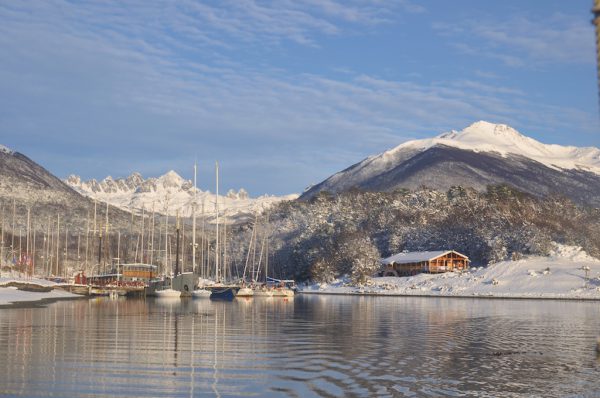
Other claims to fame include the Dientes trek, which is a three or four day hike around the spectacular tooth-shaped mountains which lie behind the town.
The region is also famous, within Chile at least, as the source of centolla, or king crab, which are exported to North America.
If you’re planning to visit Puerto Williams by boat, bear in mind that food is expensive here.
Nothing grows on the island, and since regulations do not permit the import of goods from nearby Ushuaia everything must be ferried from Punta Arenas. And nothing grows in Punta Arenas, either; it all has to be flown down from Santiago.
Aside from the crabs, the only local produce is beef. I don’t eat meat, but I would imagine that it’s rather tough. In the winter it wanders around on the beach mooing hungrily.
There is also a sizeable herd of semi-feral horses which hangs about on the edge of the town.
So far as yotties are concerned, Puerto Williams is the ideal Base Camp for excursions to the local glaciers or around Cape Horn; and it’s also the last outpost of civilisation before one embarks into the maze of canals which run north towards Puerto Montt and Valdivia.
And that’s where Mollymawk will be heading in a little while.


